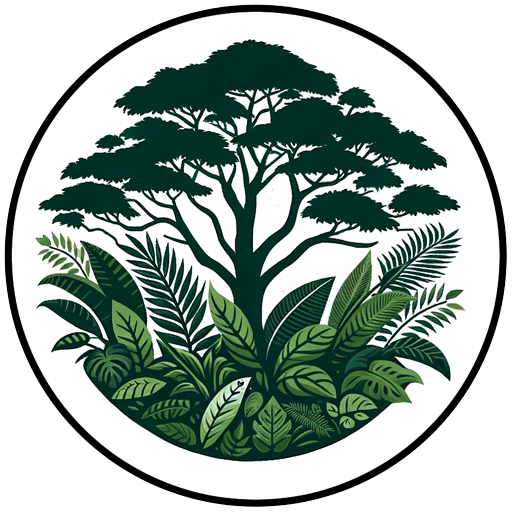Earlier this month Rieli Franciscato of the Brazilian government’s Indigenous affairs agency FUNAI was killed on the edge of the Uru-Eu-Wau-Wau Indigenous territory in Rondônia, Brazil. Franciscato, a sertanista or elite forest Indigenous expert, had worked to protect the rights and territory of Indigenous peoples living in voluntary isolation in the Amazon rainforest. His death is thought to be linked to rising encroachment of Uru-Eu-Wau-Wau lands by outsiders ῀ the “uncontacted” sub-group of Uru-Eu-Wau-Wau had no way of knowing that Franciscato was working on their behalf.
Franciscato’s death hit close to home for Dr. John Hemming, a legendary author and historian who has spent the past six decades documenting the history of Indigenous cultures and exploration in the Amazon. On his earliest Amazon expedition in 1961 — the first attempt to descend and map the Iriri River in central Brazil — Hemming lost one of his best friends to an uncontacted tribe. The friend, Richard Mason, was ambushed just a few kilometers from the expedition’s camp by a hunting party from a group that would found to be called Panará when they were eventually contacted twelve years later.

Despite the inauspicious start, Hemming would go on to work across the remotest parts of the Amazon, visiting 45 tribes and being present with Brazilian ethnographers at the time of four first contacts, when members of the Surui, Parakanã, Asurini and Galera Nambikwara tribes had first known face-to-face interactions with outsiders. Of the course of his career Hemming has authored more than two dozen books from the definitive history of the Spanish conquistadors’ conquest of Peru to a 2,100-page, three-volume chronicle of 500 years of Indigenous peoples and exploration in the Amazon. His Tree of Rivers is one of the finest overviews of the Amazon rainforest.
Hemming’s latest book, People of the Rainforest: The Villas Boas Brothers, Explorers and Humanitarians of the Amazon, tells the remarkable story of the Villas Boas brothers, middle-class Brazilians from São Paulo who would go on to become arguably the largest driving force for the movement to protect the Amazon rainforest and recognize the rights of its Indigenous peoples. Hemming explains how the Villas Boas brothers became Brazil’s most famous explorers and used their fame to help indigenous peoples, including advocating for the creation of Parque Indígena do Xingu, the Xingu Indigenous area which became the model for protecting the Amazon rainforest in Brazil and beyond.
